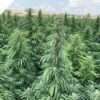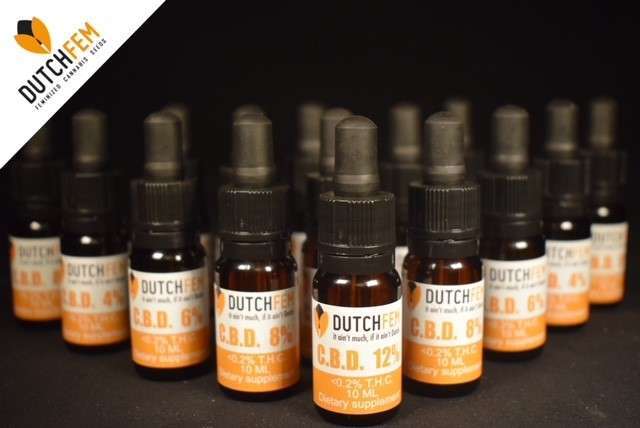The Art and Science Behind CBD Oil Production
CBD oil, short for cannabidiol, has emerged as a popular natural remedy for various ailments, ranging from anxiety and pain to insomnia and inflammation. Extracted from the cannabis plant, CBD oil is celebrated for its therapeutic properties without the psychoactive effects commonly associated with its cousin, THC. Understanding the meticulous process of how CBD oil is made sheds light on the intricate balance of science and art that goes into producing this wellness elixir.
Cultivation of High-Quality Hemp:
The journey of CBD oil begins in the hemp fields. Hemp, a strain of the Cannabis sativa plant, is selectively cultivated to contain high levels of CBD and minimal THC. The quality of the hemp significantly influences the potency and purity of the resulting CBD oil. Farmers employ organic and sustainable practices to ensure a clean and pesticide-free crop.
Harvesting and Drying:
Once the hemp plants have reached their peak CBD content, they undergo careful harvesting. To preserve the valuable cannabinoids, the plants are cut at the base and hung upside down in a well-ventilated area to dry. This drying process is crucial to reduce moisture content and prevent mold formation, ensuring the integrity of the final product.

The heart of CBD oil production lies in the extraction of cannabinoids from the dried hemp. There are several extraction methods, each with its advantages and drawbacks. Commonly used methods include:
CO2 Extraction: Considered the gold standard, CO2 extraction involves pressurizing carbon dioxide to create a supercritical fluid that efficiently pulls cannabinoids from the plant. This method is highly precise, leaving behind no residues and preserving the full spectrum of cannabinoids.
Ethanol Extraction: Ethanol, a type of alcohol, is used to strip cannabinoids and other beneficial compounds from the hemp plant. While effective, this method may also extract chlorophyll, which can impart a bitter taste to the final product.
Olive Oil Extraction: A more traditional method involves using olive oil to extract cannabinoids. This method is safe and cost-effective but is less efficient than other techniques, resulting in lower concentrations of CBD.
Purification and Filtration:
After extraction, the raw CBD oil contains various impurities, including plant material, waxes, and chlorophyll. Purification and filtration processes are employed to refine the extract. Winterization, for instance, involves cooling the oil to remove waxes, while filtration with activated charcoal helps eliminate remaining impurities.
Decarboxylation:
Raw hemp extract contains CBD in its acidic form, known as CBDA. To activate its therapeutic properties, the oil undergoes a process called decarboxylation, wherein it is heated to convert CBDA into CBD. This step ensures that the final product is bioavailable and ready for the human endocannabinoid system.
Final Product Formation:
The purified and decarboxylated CBD oil is then mixed with a carrier oil, often coconut or hemp seed oil, to create the final product. This dilution makes the oil suitable for consumption and allows for easy and accurate dosing.
The production of CBD oil is a meticulous blend of agricultural expertise, scientific precision, and technological innovation. From cultivating high-quality hemp to employing advanced extraction methods and purification techniques, each step plays a crucial role in delivering a product celebrated for its potential wellness benefits. As CBD continues to gain popularity, understanding the intricacies of its production adds a layer of appreciation for the craftsmanship involved in harnessing the therapeutic power of nature.
The best Dutchfem strains for CBD Oil extraction are:
Medicure Orange 1.0 : https://www.dutchfem.com/buy/medicure-orange/
Medicure 2.0: https://www.dutchfem.com/buy/medicure-feminized-cbd-cannabis-seeds/
Medicure Melon 3.0: https://www.dutchfem.com/buy/medicure-3-0-melon/







You must be logged in to post a comment.